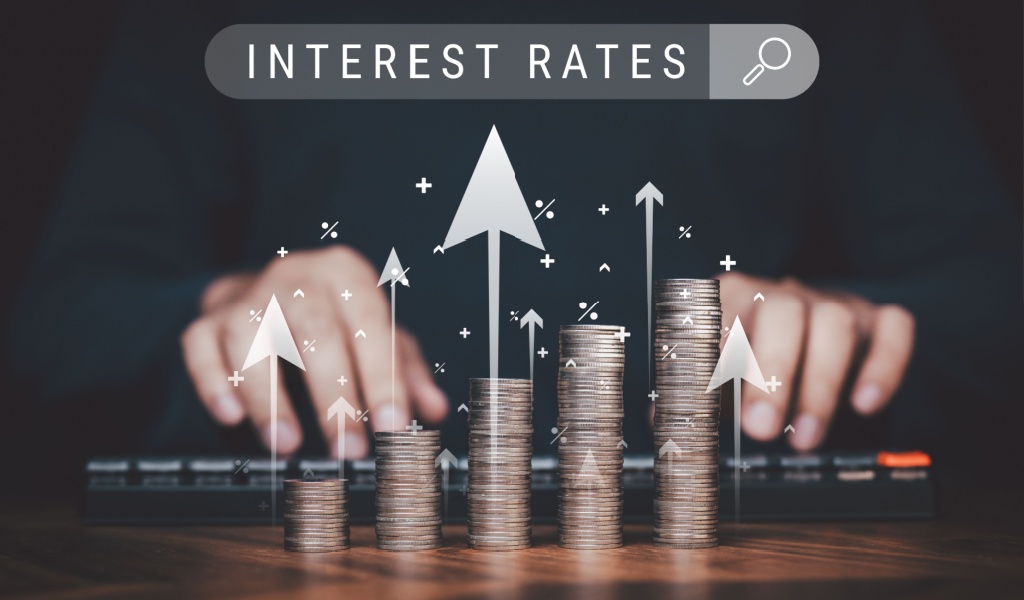Limited funding sources are often available to startups and businesses with bad credit. A high-risk loan is one type of funding you can obtain, even though it might not be the best pick. Companies with unstable revenue sources or poor credit ratings typically go for such loans as they may not qualify for any other. High-risk loans often come with short-term contracts, higher interest rates, and tight payback requirements.

How Does a High-Risk Company Loan Work?
When a company is extrapolated to be too risky for conventional lending standards, a high-risk business loan becomes the last resort for funding.
Character, Capacity, Capital, Collateral, and Conditions are the five Cs of credit that traditional lenders consider before providing you with a business loan. Businesses that fail to meet these requirements are labeled high-risk, and getting a standard business loan will likely be challenging. As a result, they are forced to consider other funding sources.
What Makes a Company High Risk for a Loan?
A certain level of risk is typically involved in both taking on debt and lending money. The risk connected to high-risk business loans mostly concerns the risk that the lender bears. This gamble, also known as credit risk, refers to the possibility that a lender will not receive its money back after making a loan. Let us look at the factors that influence credit risk.
Personal Credit
Poor personal credit scores, which generally range between 300 and 629, may indicate high credit use rates and irregular payment histories, which can worry lenders who are considering extending a new credit line. Nevertheless, this is not always the case. Lowering credit card debt, making up overdue payments, and preventing new applications can enhance your credit.
Poorer scores could also be due to accounts being opened at a younger age or with fewer types of credit accounts (loans, credit cards, etc.). When your lender studies your application, ensure you accurately represent your credit history, particularly if you have an outstanding payment history and utilization.
Payment History
Tax liens and previous defaulted loans indicate a company’s inability to repay debt. Lenders view these companies as high-risk because their payment history suggests that they might have trouble repaying future loans.
If there is an ongoing pattern of steady payments, you could strengthen your case by being upfront and truthful about your situation and offering collateral to reduce the lender’s peril.
Startups
The lack of financial records to verify loan settlement potential could make startup companies look riskier. In such circumstances, lenders commonly count on the business owner’s personal credit history and repayment record, along with collateral, in certain cases.
Business in Volatile Industries
Business volatility can negatively affect a company’s long-term revenue certainty and its capability to settle a loan. Therefore, companies operating in volatile sectors such as technology, energy, and financial services can be labeled high-risk.
Offering collateral or having a co-signer on the loan is a helpful tactic to lower that risk. It is favorable to be mindful of the possibility that a lender will attempt to arrange a loan to ensure that it matches your company’s cash flow.

Loan Picks for Businesses at High-Risk
Invoice Financing
Invoice financing reduces the risk to a lender via unpaid customer invoices to get a cash advance. Along with a fee, a lender advances a specific percentage of the outstanding invoices, which the borrower needs to reimburse once the bills are settled.
Such funding can be obtained quickly; however, weekly fees are often involved. The payback duration relies on the speed at which the company’s clients pay their bills.
Merchant Cash Advances (MCA)
MCAs are among the priciest financing possibilities open to borrowers. The factor rates linked with MCAs may convert to APRs of over 100%. Since they are technically not loans, they are also free from the rules that lenders usually must follow.
As a substitute to traditional financing, MCAs enable a lender to offer a cash advance in return for a fixed percentage of future sales you make, along with a fee. The exact payment amount can differ, given your sales, and lenders will likely deduct payments from your account.
Secured Loans
Offering a secured company loan or collateral are two methods your lender might try to lower its risk. Funds, vehicles, large equipment, and real estate are all acceptable loan choices. Your lender can seize your pledged collateral to recover a part of the loan amount in case of default.
Short-Term Loans
Lenders can lower their risk by seeking quick repayment. While short-term loans have a similar structure as standard-term loans, they are more pricey and have shorter repayment periods than long-term loans, which have lower APRs.
Online Loans
Online lenders offer loans over their websites, and you can complete the application process online. Rates and requirements are less favorable compared to a bank. However, they are easier to qualify for if you are a high-risk borrower.
Equipment Financing
Equipment financing is a type of company loan used to purchase equipment or substantial machinery necessary to run the business. By using the purchased equipment as collateral for the loan, equipment financing lowers the lender’s risk.



